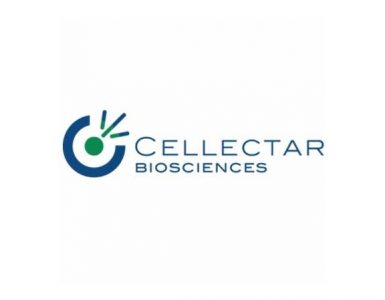
Profound Medical (NASDAQ: PROF; TSX: PRN) announced that the first commercial benign prostatic hyperplasia (BPH) treatment utilizing the TULSA-PRO system’s new TULSA-AI Volume Reduction Module was successfully conducted yesterday by Naveen Kella, MD, founder of The Urology Place, and an adjunct assistant professor for the UT Health Science Center San Antonio.
The TULSA procedure, performed using the TULSA-PRO system, has the potential to become a mainstream treatment modality across the entire prostate disease spectrum; ranging from low-, intermediate-, or high-risk prostate cancer; to hybrid patients suffering from both prostate cancer and BPH; to men with BPH only; and also, to patients requiring salvage therapy for radio-recurrent localized prostate cancer.
TULSA employs real-time MR guidance and AI-enhanced planning for precision to preserve patients’ urinary continence and sexual function, while killing the targeted prostate tissue via precise sound absorption technology that gently heats it to 55-57°C. TULSA is an incision- and radiation-free “one-and-done” procedure performed in a single session that takes a few hours. Virtually all prostate shapes and sizes can be safely, effectively, and efficiently treated with TULSA. There is no bleeding associated with the procedure; no hospital stay is required; and most TULSA patients report a quick recovery to their normal routine.
Prior to the new TULSA-AI Volume Reduction module, the TULSA-PRO system was already being used by surgeons world-wide to relieve LUTS in patients with BPH. A few days ago, investigators from the University of Turku and Turku University Hospital in Finland, published a prospective Phase II study demonstrating safe and effective treatment of BPH with TULSA, with clinically marked improvements in urinary function and quality of life while preserving continence and sexual functions. The International Prostate Symptom Score (IPSS) decreased from 17 to 4 (P < 0.001), and IPSS quality of life score improved from 4 to 1 (P < 0.001). The maximum urine flow rate increased from 11.1 to 18.3 mL/s (P < 0.001), and the average flow rate from 4.2 to 9.1 mL/s (P < 0.001). The 26-item Expanded Prostate Cancer Index Composite urinary irritative/obstructive scores improved from 66 to 94 (P < 0.001), and urinary incontinence scores improved from 86 to 100 (P = 0.008). Sexual function remained stable or improved. Of patients using BPH medications prior to TULSA, 96% discontinued it after the procedure. Meanwhile, 100% of patients who were on anti-coagulants did not discontinue their medication before TULSA.
As the name implies, the new TULSA-AI Volume Reduction module streamlines TULSA procedures intended to decrease the volume of obstructive prostate tissue in men with LUTS due to BPH. This new software module builds upon the previously cleared TULSA-AI Contouring Assistant to quickly and easily provide personalized treatment plans that avoid peripheral zone ablation, the area physicians want to avoid when treating BPH, as well as the ejaculatory ducts that run inside the prostate. By leveraging state-of-the-art real-time MR imaging data, the software provides the surgeon with choices for ablation volume and duration based on the patients’ unique anatomy, reducing planning complexity and improving consistency across cases. The primary benefit is enhanced procedural efficiency, decreasing total skin-to-skin time to an expected 60-90 minutes and allowing for faster, more personalized care.
Dr. Kella commented, “BPH treatments have advanced at a tremendous pace. Patients and surgeons continue to look for effective treatments that offer minimal complications. We want no bleeding and no hospital stay, but we don’t want to compromise results. TULSA-AI Volume Reduction for BPH could be a game-changer in that regard, and it can be completed in 60 to 90 minutes.”
In a statement, Arun Menawat, Profound’s CEO and chairman, commented, “As demonstrated in the recently published study from the University of Turku, TULSA offers significant improvements in international prostate symptom score, peak urine flow rates, and discontinuation of BPH medications.”
He added, “That said, while urologists have been treating LUTS using TULSA-PRO since we received 510(k) clearance in 2019, and the technology is the only one capable of treating hybrid patients suffering from both prostate cancer and BPH, BPH-only patient volumes have been low due to the relatively longer treatment duration compared to other modalities. TULSA-AI Volume Reduction is designed to maintain all of the many proven advantages of treating BPH with TULSA while leveling the playing field on the time it takes for a urologist to plan and complete the procedure. Accordingly, we believe that TULSA-AI will expand our total, truly tangible available market opportunity from 200,000 to 600,000 prostate disease patients per year.”






